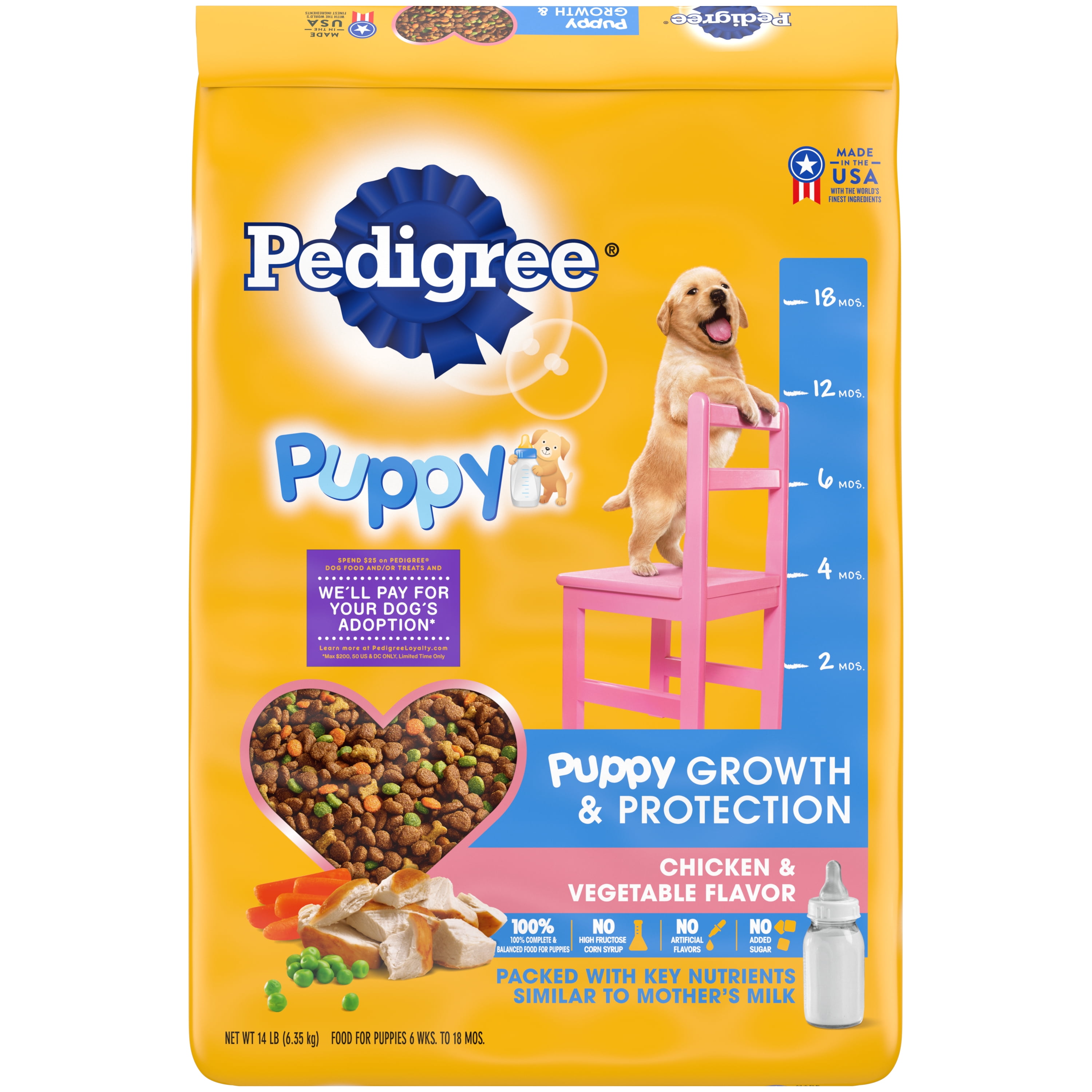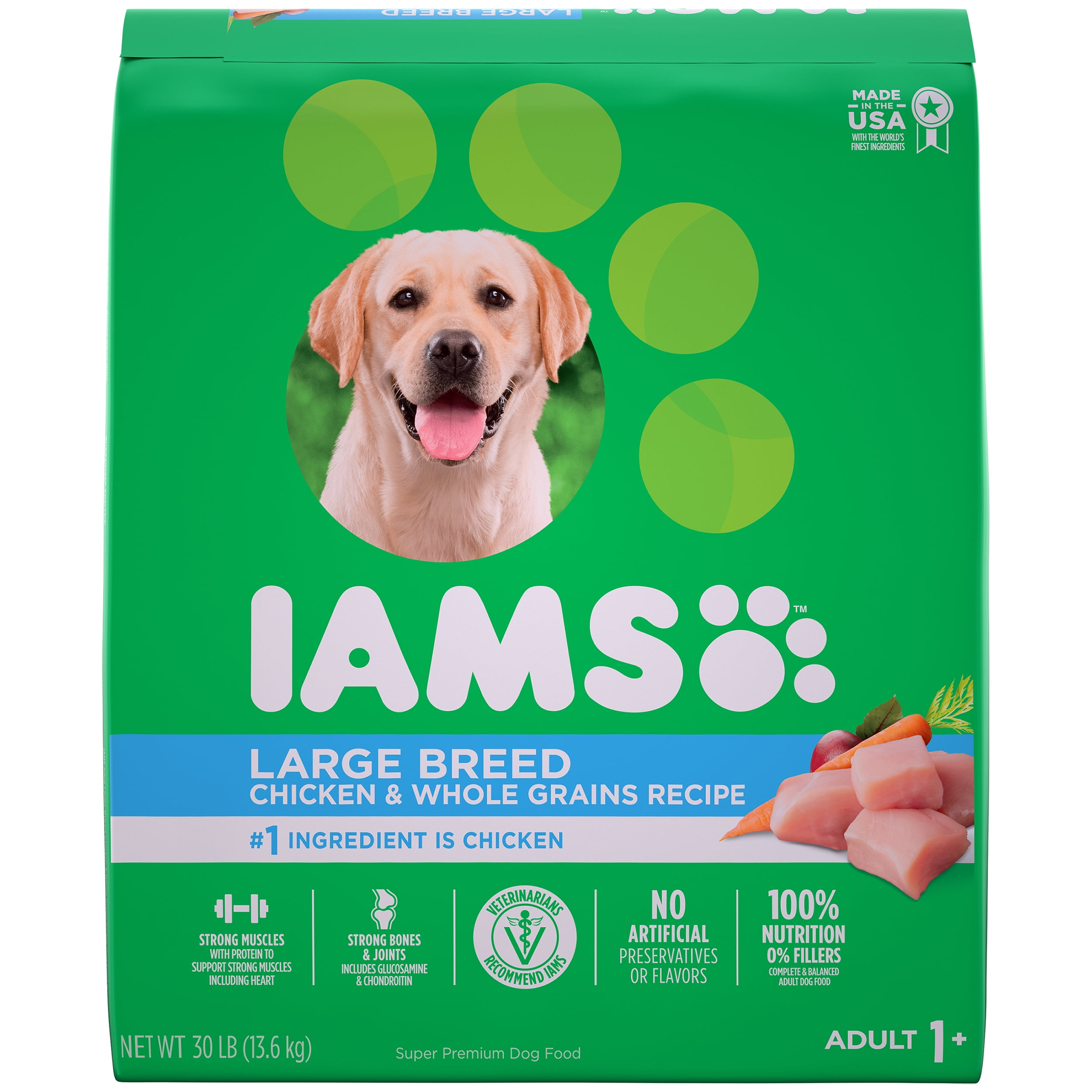
Navigating Chicken Allergies: A Guide to Dry Dog Food for Puppies
Chicken is a common ingredient in many commercial dog foods, prized for its protein content and palatability. However, for some puppies, chicken can trigger allergic reactions, leading to discomfort and health issues. If you suspect your puppy has a chicken allergy, finding a suitable dry dog food becomes a priority. This comprehensive guide will help you understand chicken allergies in puppies, identify symptoms, and choose the best dry dog food options to ensure your furry friend thrives.
Understanding Chicken Allergies in Puppies
A food allergy is an immune system response to a specific ingredient, in this case, chicken. When a puppy with a chicken allergy consumes chicken or chicken by-products, their immune system mistakenly identifies the protein as a threat. This triggers the release of histamine and other chemicals, leading to a range of allergic symptoms.
Why Chicken Allergies Are Common:
- Prevalence: Chicken is a widely used protein source in dog food, increasing the likelihood of exposure and potential sensitization.
- Genetic Predisposition: Some breeds are more prone to developing food allergies, including chicken allergies.
- Immune System Development: Puppies have developing immune systems, making them more susceptible to allergies.
- Gut Health: An imbalance in gut bacteria (dysbiosis) can contribute to food sensitivities and allergies.
Recognizing the Symptoms of Chicken Allergy in Puppies
Identifying a chicken allergy early is crucial for managing your puppy’s health. Common symptoms include:
- Skin Issues:
- Itching: Excessive scratching, licking, or chewing, especially around the paws, face, ears, and groin.
- Skin Rashes: Red, inflamed, or bumpy skin.
- Hives: Raised, itchy welts on the skin.
- Hair Loss: Patchy hair loss, often due to excessive scratching.
- Hot Spots: Localized areas of inflamed, infected skin.
- Gastrointestinal Problems:
- Vomiting: Frequent or occasional episodes of vomiting.
- Diarrhea: Loose or watery stools.
- Gas: Excessive flatulence.
- Loss of Appetite: Reduced interest in food.
- Abdominal Pain: Discomfort or tenderness in the abdomen.
- Ear Infections:
- Recurring Ear Infections: Inflammation and discharge in one or both ears.
- Head Shaking: Frequent shaking of the head.
- Ear Scratching: Scratching or pawing at the ears.
- Other Symptoms:
- Watery Eyes: Excessive tearing or discharge from the eyes.
- Sneezing: Frequent sneezing.
- Lethargy: Reduced energy levels.
- Anaphylaxis (Rare): A severe, life-threatening allergic reaction that requires immediate veterinary attention.
Diagnosing Chicken Allergy in Puppies
If you suspect your puppy has a chicken allergy, consult your veterinarian. They may recommend the following diagnostic methods:
- Physical Examination: A thorough examination to assess your puppy’s overall health and identify any visible symptoms.
- Dietary Elimination Trial: The gold standard for diagnosing food allergies. This involves feeding your puppy a hypoallergenic diet with novel protein and carbohydrate sources (ingredients they haven’t eaten before) for 8-12 weeks. If symptoms improve during the trial, chicken is reintroduced to see if symptoms return.
- Allergy Testing: Blood tests or skin prick tests can help identify allergens, but they are not always accurate and should be used in conjunction with a dietary elimination trial.
Choosing the Right Dry Dog Food for Puppies with Chicken Allergies
Once you’ve confirmed your puppy’s chicken allergy, selecting the right dry dog food is essential. Here’s what to look for:
-
Novel Protein Sources: Opt for dog foods that feature protein sources your puppy hasn’t been exposed to before. Excellent alternatives to chicken include:
- Fish: Salmon, whitefish, herring, and trout are rich in omega-3 fatty acids, which promote healthy skin and coat.
- Lamb: A classic alternative protein source.
- Duck: A lean and palatable protein option.
- Venison: A novel protein source that is less likely to cause allergic reactions.
- Rabbit: Another novel protein option that is easily digestible.
- Plant-Based Proteins: Pea protein, lentil protein, or soy protein (though some dogs may also be sensitive to soy).
- Limited Ingredient Diets (LID): These diets contain a minimal number of ingredients, reducing the risk of exposure to potential allergens. Look for LID formulas that specifically exclude chicken.
- Hypoallergenic Diets: These diets contain hydrolyzed proteins, which are broken down into smaller pieces, making them less likely to trigger an allergic reaction. Hydrolyzed chicken protein may be present in some hypoallergenic diets, so be sure to read the ingredient list carefully.
- Grain-Free vs. Grain-Inclusive: Grain-free diets are not inherently better for allergies. Some puppies may be allergic to grains, but it’s less common than chicken allergies. Unless your veterinarian recommends a grain-free diet, you can choose either grain-free or grain-inclusive options. If opting for grain-inclusive, look for easily digestible grains like brown rice, oatmeal, or quinoa.
- Read Labels Carefully: Always scrutinize the ingredient list to ensure the food is free of chicken, chicken meal, chicken by-products, chicken fat, and chicken flavor. Be aware that ingredients can sometimes be listed under different names.
- Puppy-Specific Formulas: Choose a dry dog food specifically formulated for puppies. These formulas are designed to meet the unique nutritional needs of growing dogs, including appropriate levels of protein, fat, calcium, and phosphorus.
- Consult Your Veterinarian: Your veterinarian can recommend the best dry dog food for your puppy based on their individual needs, health history, and any other underlying conditions.
Transitioning to a New Food
When switching your puppy to a new dry dog food, do it gradually over 7-10 days to avoid digestive upset. Mix small amounts of the new food with the old food, gradually increasing the proportion of the new food each day.
Other Considerations
- Treats: Be mindful of the treats you give your puppy. Choose treats that are free of chicken and other potential allergens.
- Chew Toys: Check the ingredients of chew toys to ensure they don’t contain any chicken by-products or flavorings.
- Supplements: Some supplements may contain chicken-derived ingredients. Consult your veterinarian before giving your puppy any supplements.
- Hygiene: Regularly wash your puppy’s bedding and toys to remove any potential allergens.
Long-Term Management
Chicken allergies are often lifelong conditions. Once you’ve identified a suitable dry dog food that doesn’t trigger your puppy’s allergies, stick with it long-term. Regularly monitor your puppy for any signs of allergic reactions and consult your veterinarian if you have any concerns.
Conclusion
Managing chicken allergies in puppies requires careful attention to diet and environmental factors. By understanding the symptoms, working with your veterinarian to confirm the diagnosis, and choosing a chicken-free dry dog food with novel protein sources, you can help your puppy live a comfortable and healthy life. Remember to always read labels carefully, transition to new foods gradually, and consult your veterinarian for personalized recommendations.

